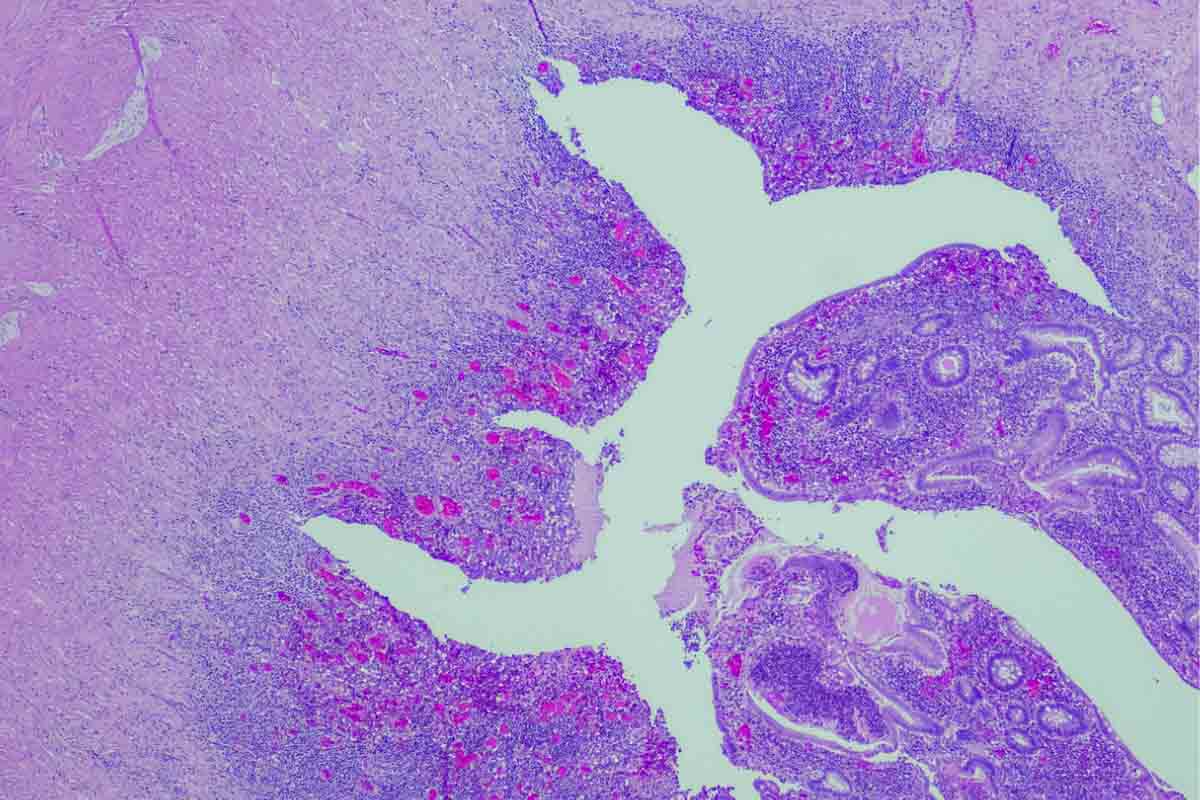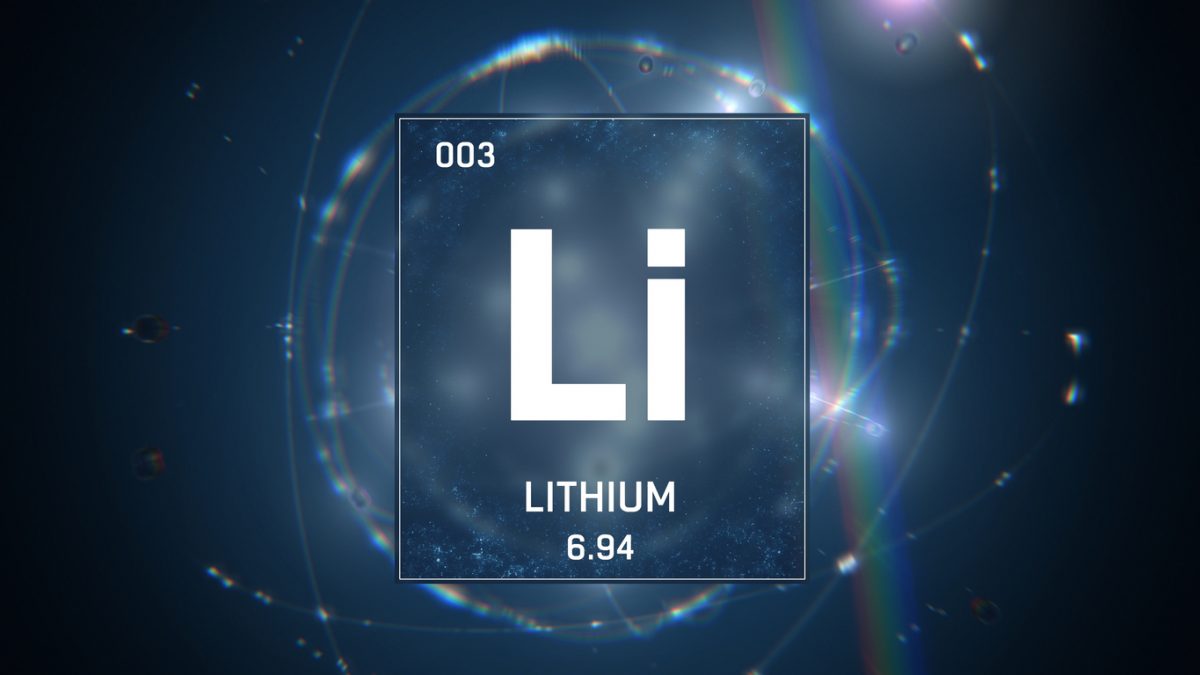
Prim Care Companion CNS Disord 2022;24(5):21br03232
To cite: Naguy A, Sabir S. A vascular approach to bipolar mood disorder. Prim Care Companion CNS Disord. 2022;24(5):21br03232.
To share: https://doi.org/10.4088/PCC.21br03232
© 2022 Physicians Postgraduate Press, Inc.
aDepartment of Child/Adolescent Psychiatry, Al-Manara CAP Centre, Kuwait Centre for Mental Health, Shuwaikh, Kuwait
bPrivate Practice, Alexandria, Egypt
*Corresponding author: Ahmed Naguy, MBBCh, MSc, Department of Child/Adolescent Psychiatry, Al-Manara CAP Centre, Kuwait Centre for Mental Health, Jamal Abdul-Nassir St, Shuwaikh, Sulibikhat 21315 Kuwait ([email protected]).
One commonly, yet sorely, overlooked factor contributing to the overall burden of bipolar mood disorder (BMD) is the premature cardiovascular morbidity and mortality, which occurs over a decade earlier than in the general population and partly accounts for a mortality gap of 8.5–13.6 years among bipolar patients.1 Adults with BMD have a 5-fold risk of cardiovascular disease (CVD), and this heightened risk remains even after controlling for confounders.2 Surprisingly, excess CVD mortality is greater than excess mortality due to suicidality in BMD, which holds true for nonmedicated patients as well. So, while acknowledging the negative impact of the metabolic burden of mood stabilizer and atypical antipsychotic use in BMD, this cannot solely explain excessive CVD. Moreover, some authors3 have argued that thymoleptics possess anti-inflammatory actions, reduce oxidative stress, and improve endothelial functioning and hence mitigate the cardiovascular risk. Interestingly, the risk has been tied to symptom severity and in a dose-dependent fashion. Given the severity and chronicity of bipolar I disorder, it has been demonstrated that these patients are at 4-fold higher risk of CVD than their bipolar II counterparts.
One vascular-related approach to BMD is to optimize traditional risk factors. Another approach is to more directly engage vascular interventions that modify endothelial function and cerebral blood flow.
Given that patients with BMD are at risk for premature CVD and accelerated atherosclerosis, interventions, whether pharmacologic or lifestyle changes (eg, smoking cessation, as smoking is 2–3.5 times more common among patients with BMD), may offer dual potential benefit in this population. Such interventions reduce vascular risk for strokes and acute coronary syndromes and provide substantial long-term psychiatric and neurocognitive benefits for those with BMD.
Interest has increased in repurposing cardiovascular medications. Statins, HMG-CoA reductase inhibitors, improve lipid profiles, have anti-inflammatory effects, improve endothelial dysfunction, and have demonstrated a protective benefit on depression and procognitive actions.4 Angiotensin-converting enzyme (ACE) inhibitor use has been associated with lower risk of hospital readmission for mood disorders.5 Of related interest, candidate gene studies in BMD have identified polymorphisms in ACE inhibitors. Metformin, incretin mimetics, and calcium channel blockers have similarly been used.
In the same vein, nitrous oxide (N2O), a short-acting, inhaled anesthetic, has been shown to be safe and well tolerated when administered in subanesthetic doses. N2O might be helpful for bipolar depression.6 It is a potent cerebral vasodilator, especially in frontal areas where perfusion in BMD is generally lower. Restoration of frontal cerebral blood flow (CBF) could improve mood. Furthermore, N2O has γ-aminobutyric acid antagonistic activity akin to ketamine, which lends itself to antidepressive properties.7 Targeting endothelial function sounds promising, and there is modicum of preclinical evidence using nitric oxide pathway modifiers (eg, sildenafil) to prevent depression-like behavioral and neurochemical changes in rodents by modulating CBF and inflammation.8 Finally, research has clearly shown that lower levels of physical activity are associated with greater depressive symptoms in adults with BMD and that greater aerobic fitness is linked to improvement in mental health and quality of life (eg, by impacting vascular endothelial growth factor, brain-derived neurotrophic factor).
The bipolar-vascular bidirectional link reflects mind-body crosstalk and makes the case for design and deployment of clinical service models that embrace this duality, while dissecting the complex intricacies of a heterogeneous illness like BMD.
Submitted: December 28, 2021; accepted February 16, 2022.
Published online: September 29, 2022.
Relevant financial relationships: None.
Funding/support: None.
References (9)

- Post RM, Altshuler LL, Leverich GS, et al. More medical comorbidities in patients with bipolar disorder from the United States than from the Netherlands and Germany. J Nerv Ment Dis. 2014;202(4):265–270. PubMed CrossRef
- Swartz HA, Fagiolini A. Cardiovascular disease and bipolar disorder: risk and clinical implications. J Clin Psychiatry. 2012;73(12):1563–1565. PubMed CrossRef
- Naguy A, Shoukry TM. Lithium for geriatric bipolar mood disorder: gold standard or faux bijoux? Australas Psychiatry. 2019;27(1):93–94. PubMed CrossRef
- Walker AJ, Kim Y, Borissiouk I, et al. Statins: neurobiological underpinnings and mechanisms in mood disorders. Neurosci Biobehav Rev. 2021;128:693–708. PubMed CrossRef
- Brownstein DJ, Salagre E, Köhler C, et al. Blockade of the angiotensin system improves mental health domain of quality of life: a meta-analysis of randomized clinical trials. Aust N Z J Psychiatry. 2018;52(1):24–38. PubMed CrossRef
- Dimick MK, Omrin D, MacIntosh BJ, et al. Nitrous oxide as a putative novel dual-mechanism treatment for bipolar depression: proof-of-concept study design and methodology. Contemp Clin Trials Commun. 2020;19:100600. PubMed CrossRef
- Naguy A. RAADs (Rapidly Acting Anti-depressants): a quantum leap? Asian J Psychiatr. 2019;44:156–157. PubMed CrossRef
- Socała K, Nieoczym D, Pieróg M, et al. Antidepressant-like activity of sildenafil following acute and subchronic treatment in the forced swim test in mice: effects of restraint stress and monoamine depletion. Metab Brain Dis. 2016;31(5):1095–1104. PubMed CrossRef
- Wang S, Yin H, Liu Z, et al. How exercise protects against mild cognitive impairment in nursing home-dwelling older adults: a path analysis. J Nerv Ment Dis. 2021;209(9):674–680. PubMed CrossRef
Please sign in or purchase this PDF for $40.
Save
Cite


